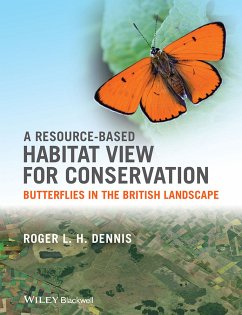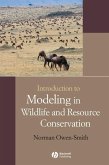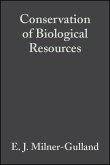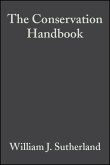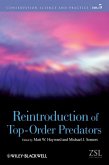A RESOURCE-BASED HABITAT VIEW FOR CONSERVATION In A Resource-Based Habitat View for Conservation Roger Dennis introduces a novel approach to the understanding of habitats based on resources and conditions required by organisms and their access to them, a quantum shift from simplistic and ineffectual notions of habitats as vegetation units or biotopes. In drawing attention to what organisms actually use and need in landscapes, it focuses on resource composition, structure and connectedness, all of which describe habitat quality and underpin landscape heterogeneity. This contrasts with the current bipolar view of landscapes made up of habitat patches and empty matrix but illustrates how such a metapopulation approach of isolated patchworks can grow by adopting the new habitat viewpoint. The book explores principles underlying this new definition of habitat, and the impact of habitat components on populations, species' distributions, geographical ranges and range changes, with a view to conserving resources in landscapes for whole communities. It does this using the example of butterflies -- the most alluring of insects, flagship organisms and key indicators of environmental health -- in the British Isles, where they have been studied most intensively. The book forms essential reading for students, researchers and practitioners in ecology and conservation, particularly those concerned with managing sites and landscapes for wildlife. Companion website available at www.wiley.com/go/dennis/butterflies
Dieser Download kann aus rechtlichen Gründen nur mit Rechnungsadresse in A, B, BG, CY, CZ, D, DK, EW, E, FIN, F, GR, HR, H, IRL, I, LT, L, LR, M, NL, PL, P, R, S, SLO, SK ausgeliefert werden.

